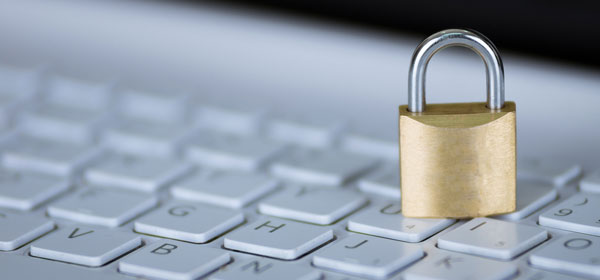Now more than ever, it is important to be careful about what personal information you allow online. Each year the number of website hackings and online scams increases, with hackers becoming more clever as technology develops. If you’re worried about your online safety, here are five steps on how to safeguard your information and protect your digital life.
1. Protect the information on your computer’s hard drive
We worry a lot about the privacy of our smartphones but your computer is literally a goldmine for personal information. Even if you use several passwords to protect your data, hackers who gain access to your computer would be able to access all your unencrypted files as well as any websites that you use regularly. Encryption basically refers to the process of converting information or data into a code, especially to prevent unauthorised access. Luckily, both Windows and Apple have automatic encryption services that simply need to be turned on.
Turn on FileVault for Apple or BitLocker for Windows.
2. Create better, stronger passwords
Perhaps the number one thing you can do to safeguard your information is to create strong and unique passwords. The biggest mistake many people make is to use passwords that often incorporate birthdates and names that are easy to remember –also rendering them easy to hack. You should think of a password that no one else can guess but that you won’t forget. A random combination of letters, numbers and symbols is the safest bet. Researchers at the University of Southern California think that they’ve come up with a foolproof way to create an ‘uncrackable’, memorable password.
3. Be safe when using public wifi
Public wifi is great for staying connected when you’re on holiday or around town but it’s not guaranteed to be secure. If you want to stay safe from hackers and information thieves when using public wifi, it’s best to err on the side of caution. When connecting to wifi at a hotel, café, restaurant or any other public space, first confirm the wifi name with an employee. Do not try to connect to a network that had a name that you don’t trust. As an added precaution, avoid making credit card purchases or accessing your bank details over public wifi. Discover more ways to use public wifi safely.
4. Question what you put on social media
How much do you share on social media? While a stray photo of your lunch or day at the beach with family is nothing for concern, other information could have you unwittingly giving away private information to thieves and hackers. Before posting any personal information to Facebook, check your profile’s privacy settings. You don’t want to post photographs of your packed bags, plane tickets and the exact dates that your house will be vacant to just anybody online, now do you?
5. Activate two-step authentication
You can make it nearly impossible for anybody to access your online accounts simply by enabling SMS verification (often called two-step authentication). This works by having you confirm access to your accounts via an SMS to your phone, in which you enter your password. Some services will require this level of security every time you log in or whenever you log in from a new computer. Find out more about setting up two-step authentication.
Related articles:
Five tips to protect online privacy
Using public wifi safely
How to make a strong password

